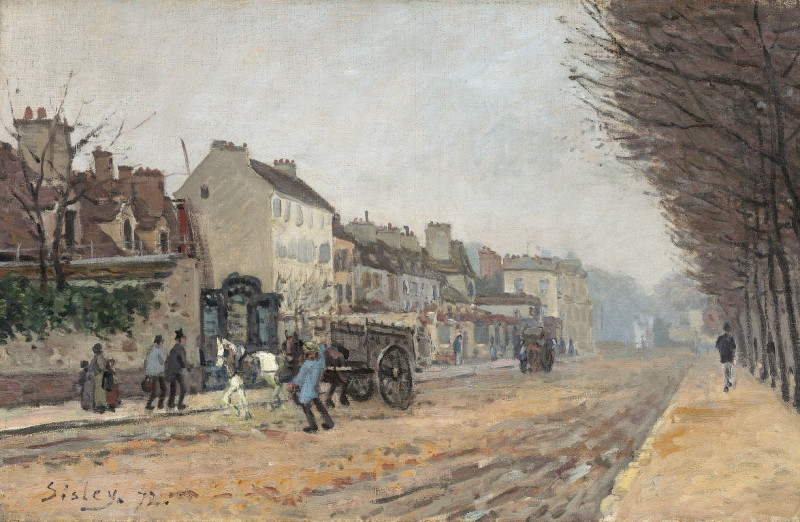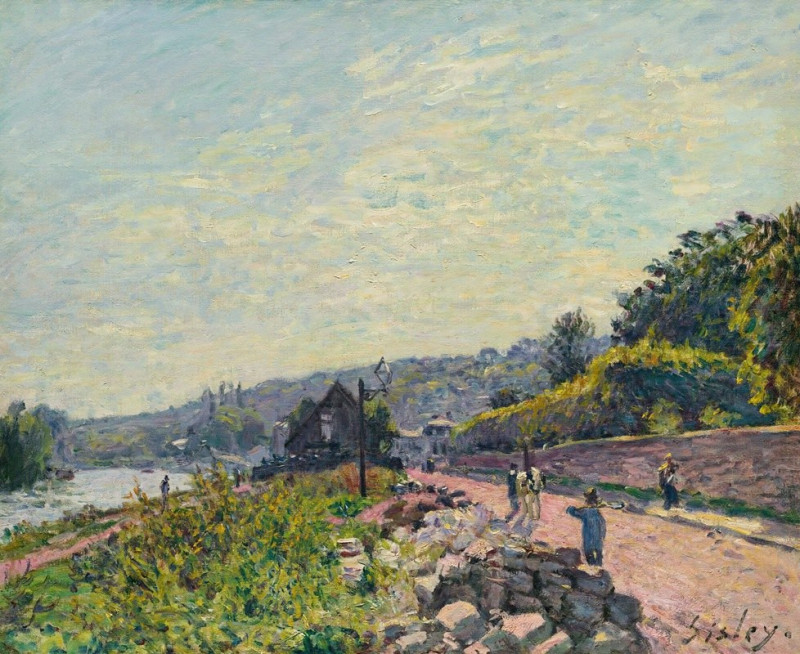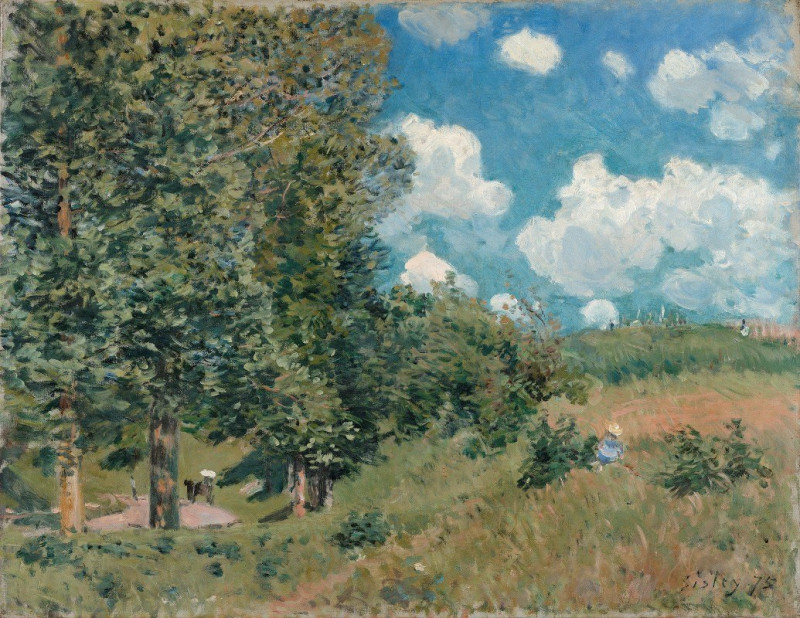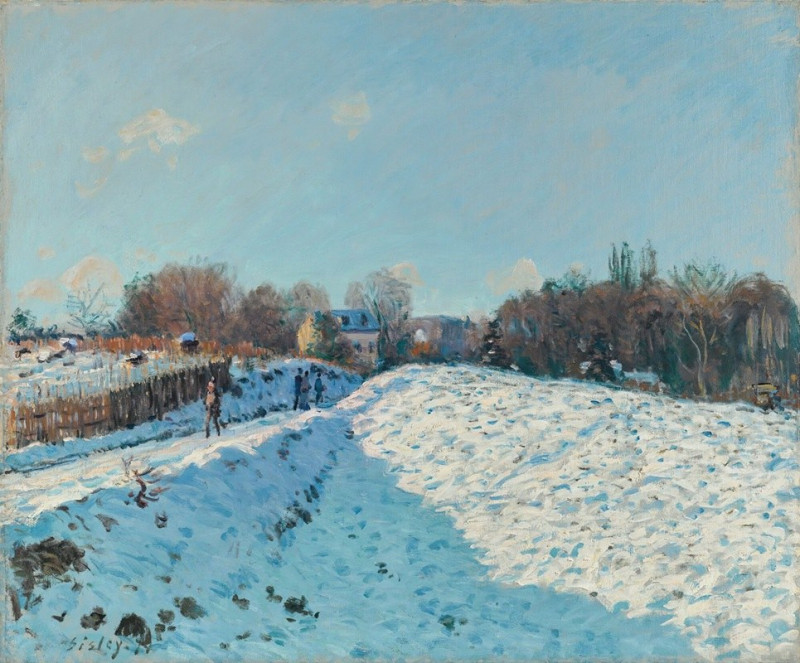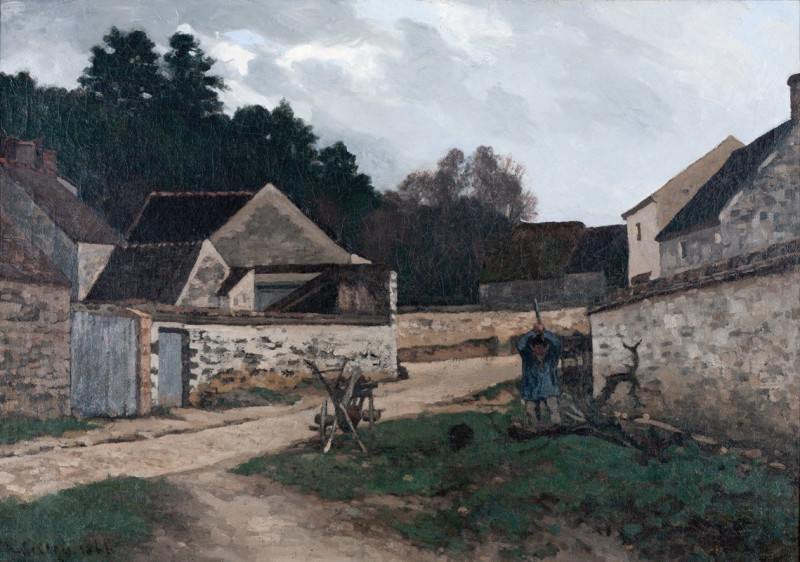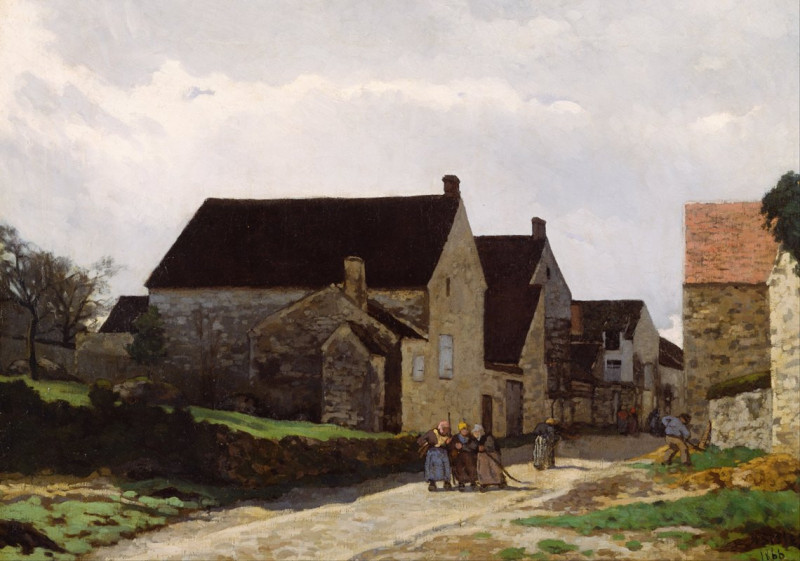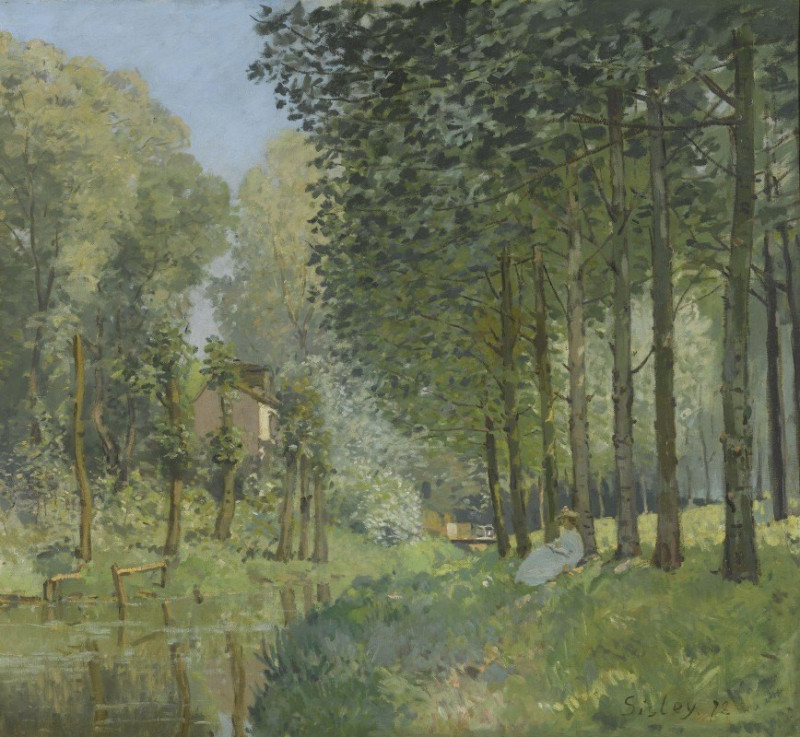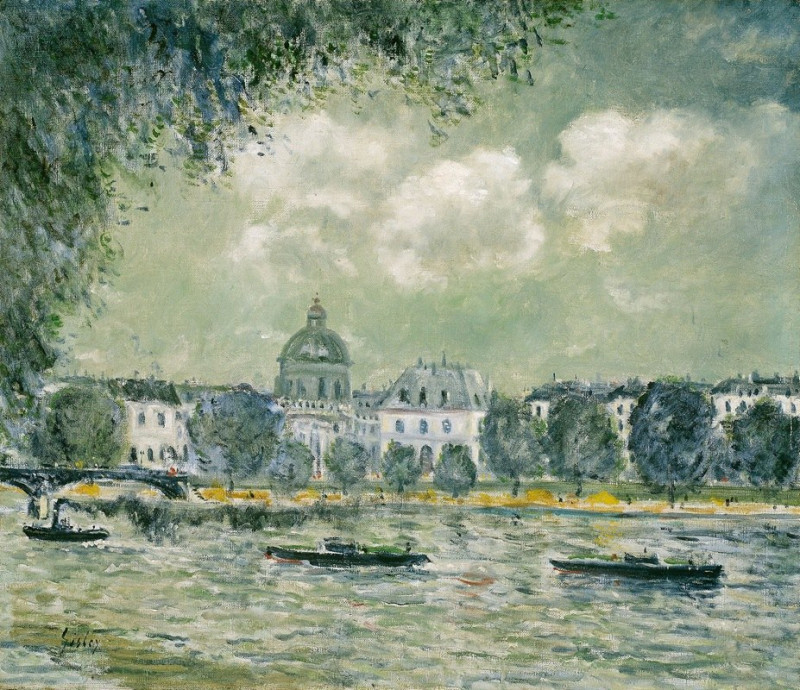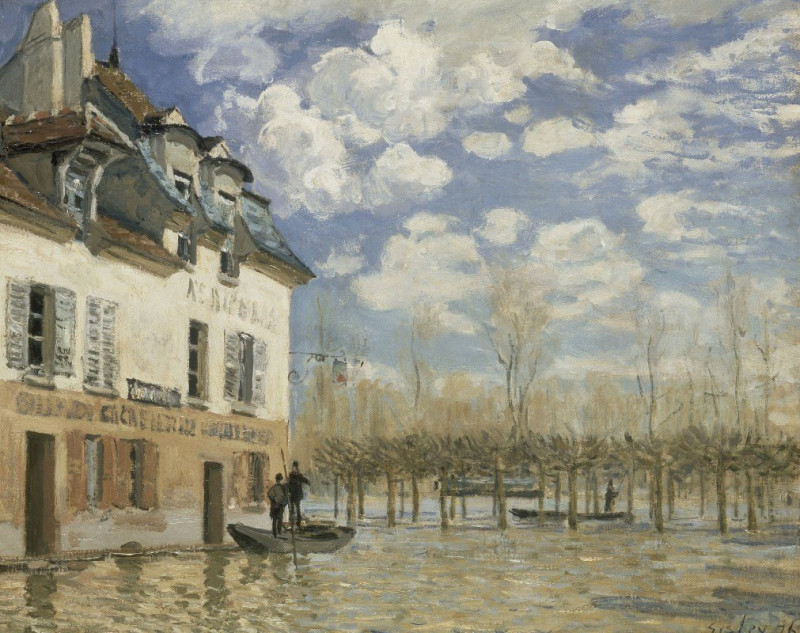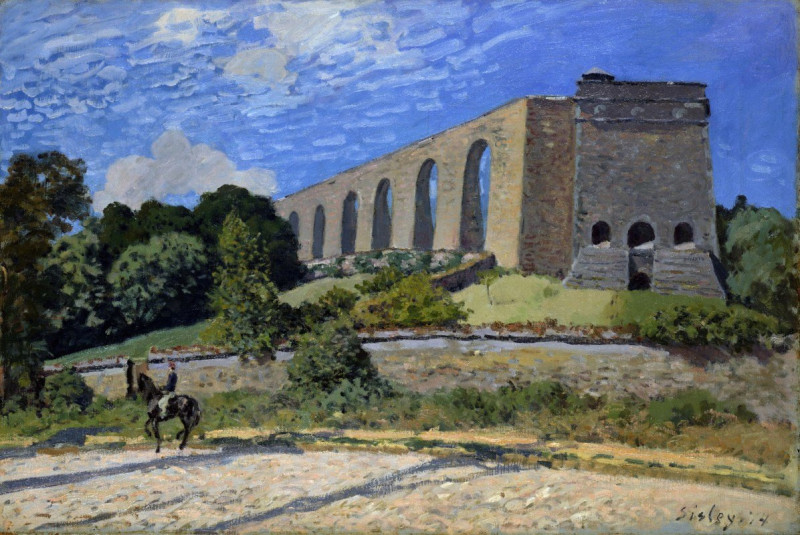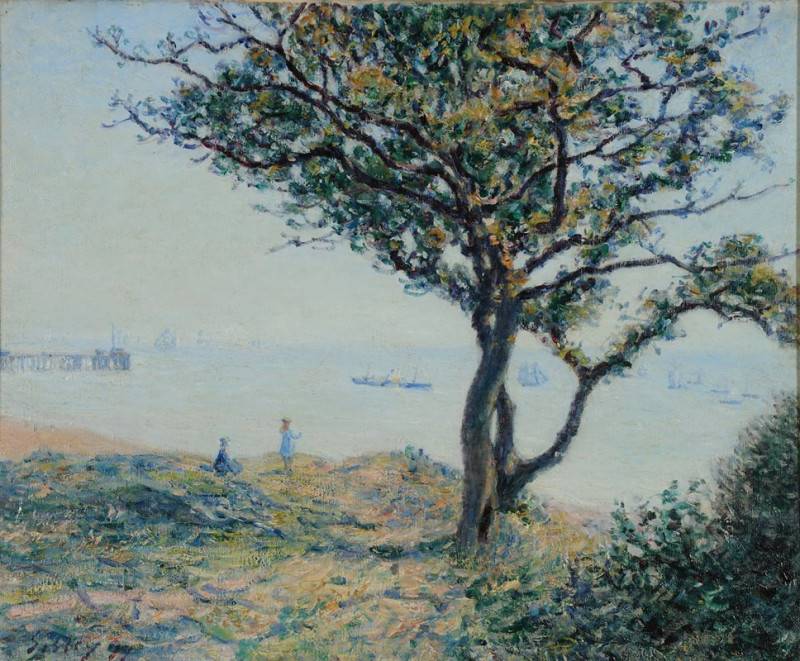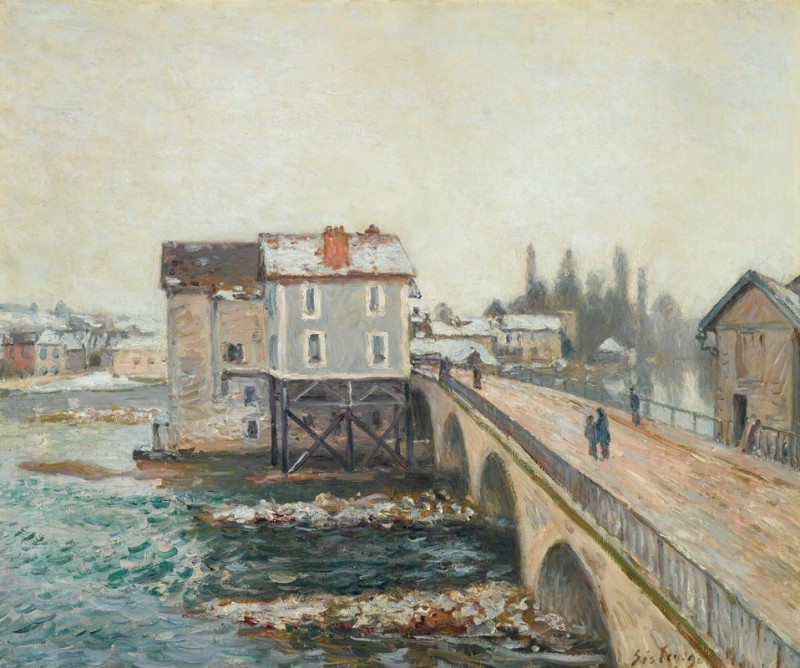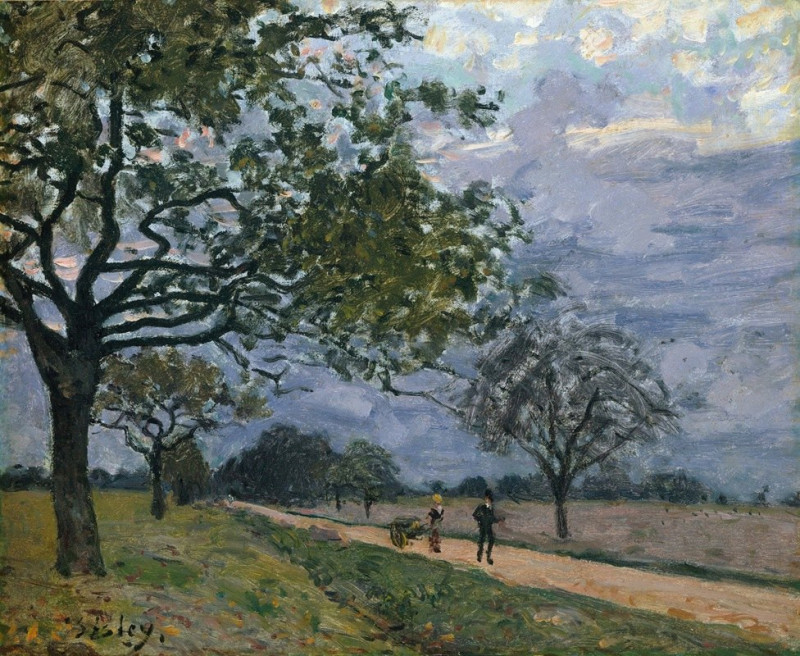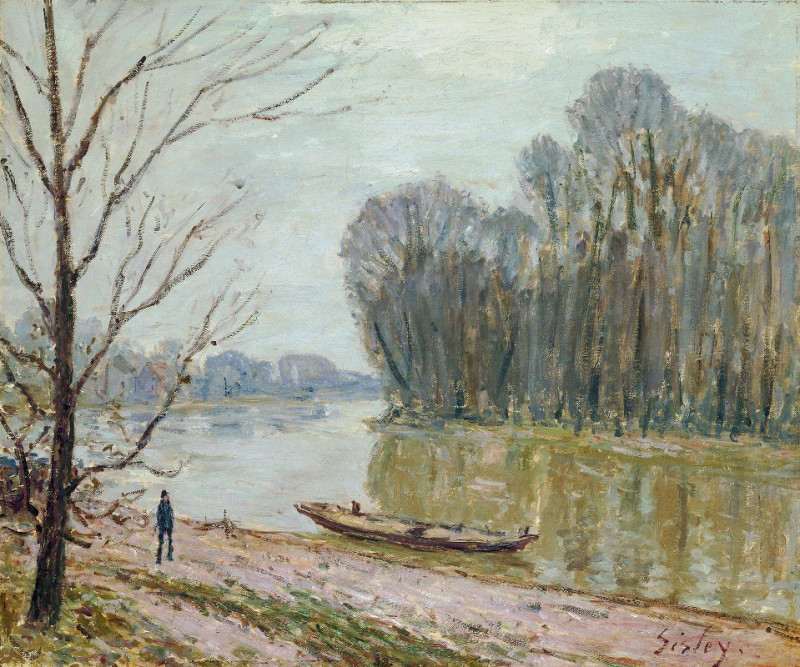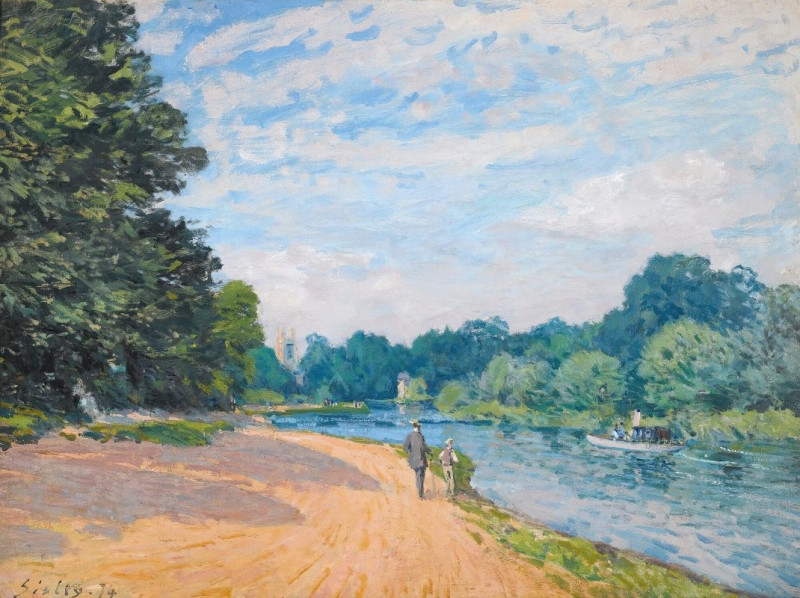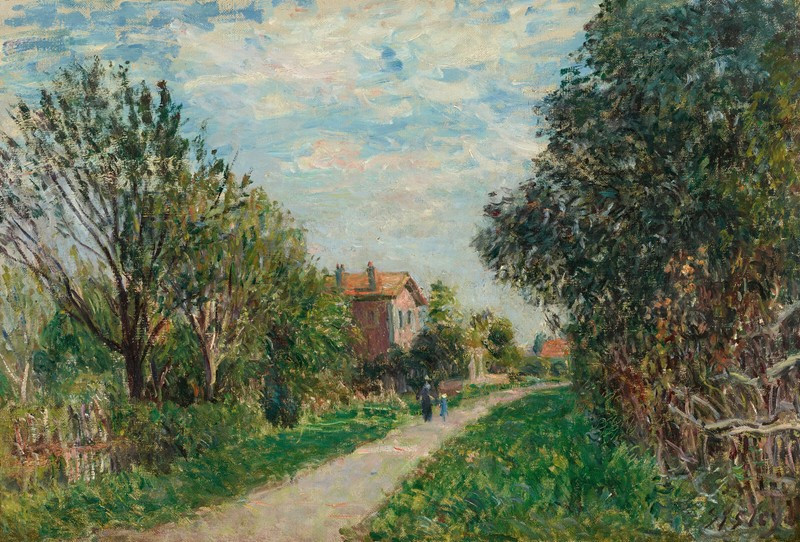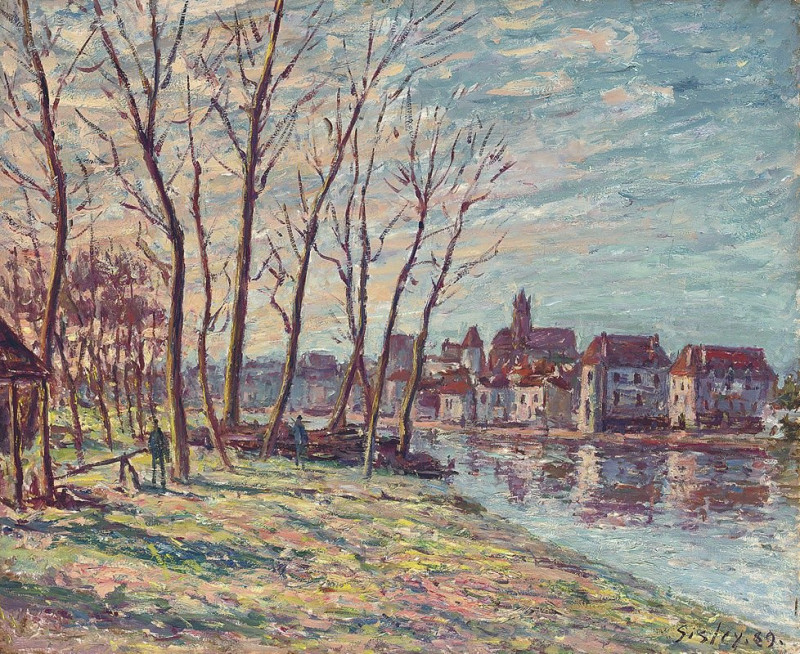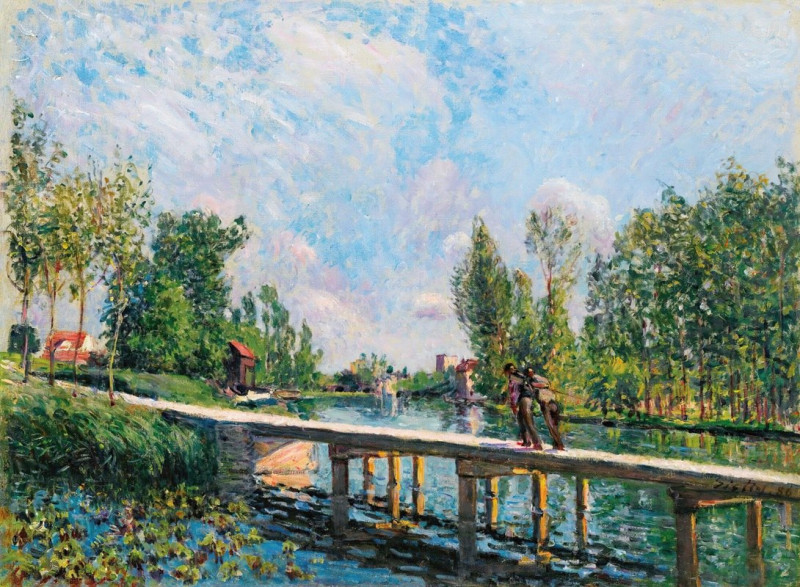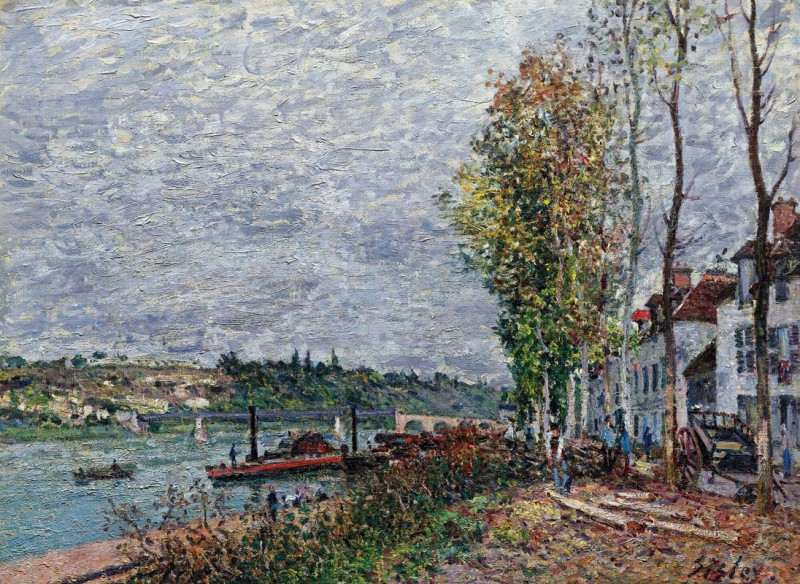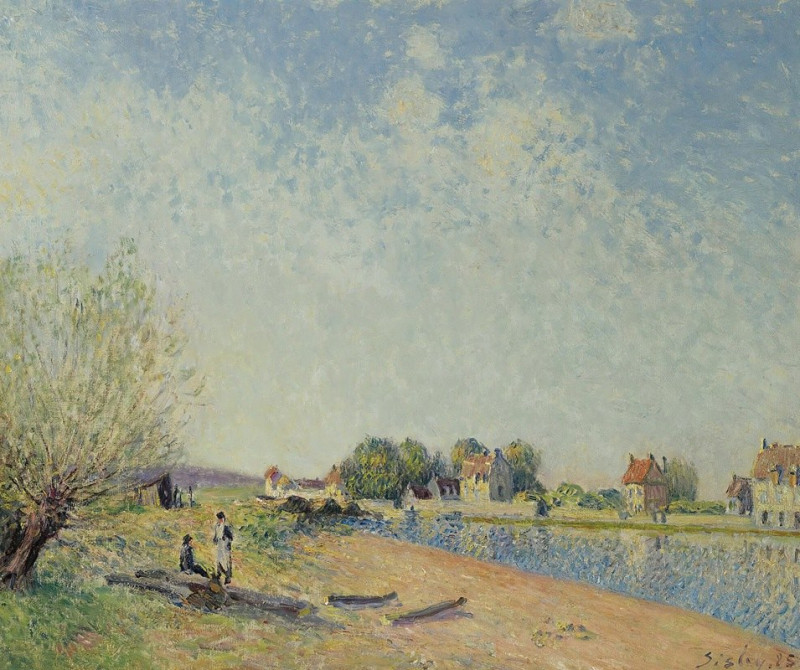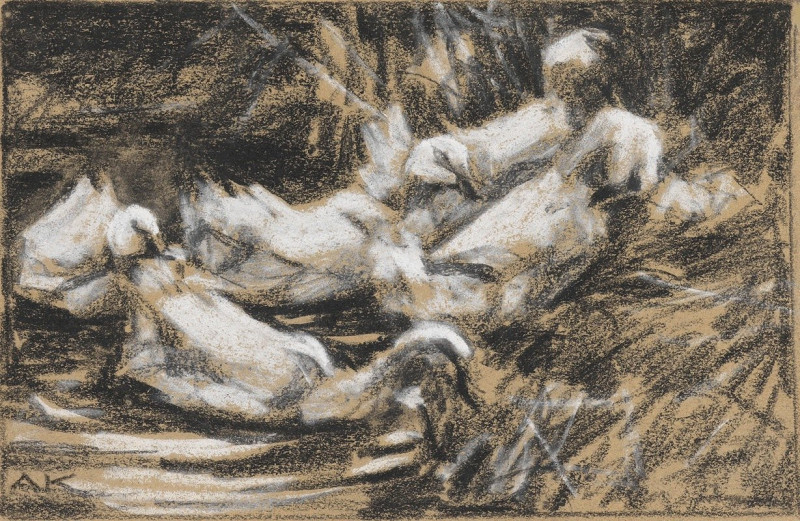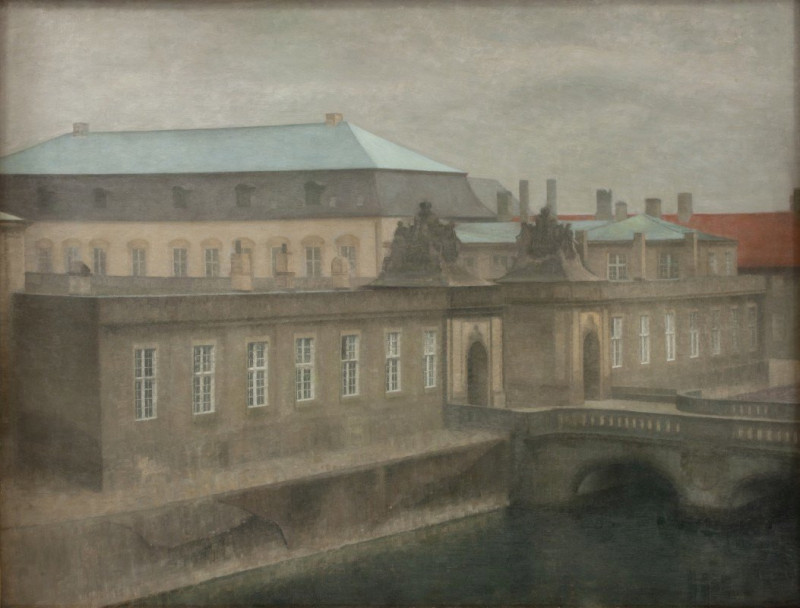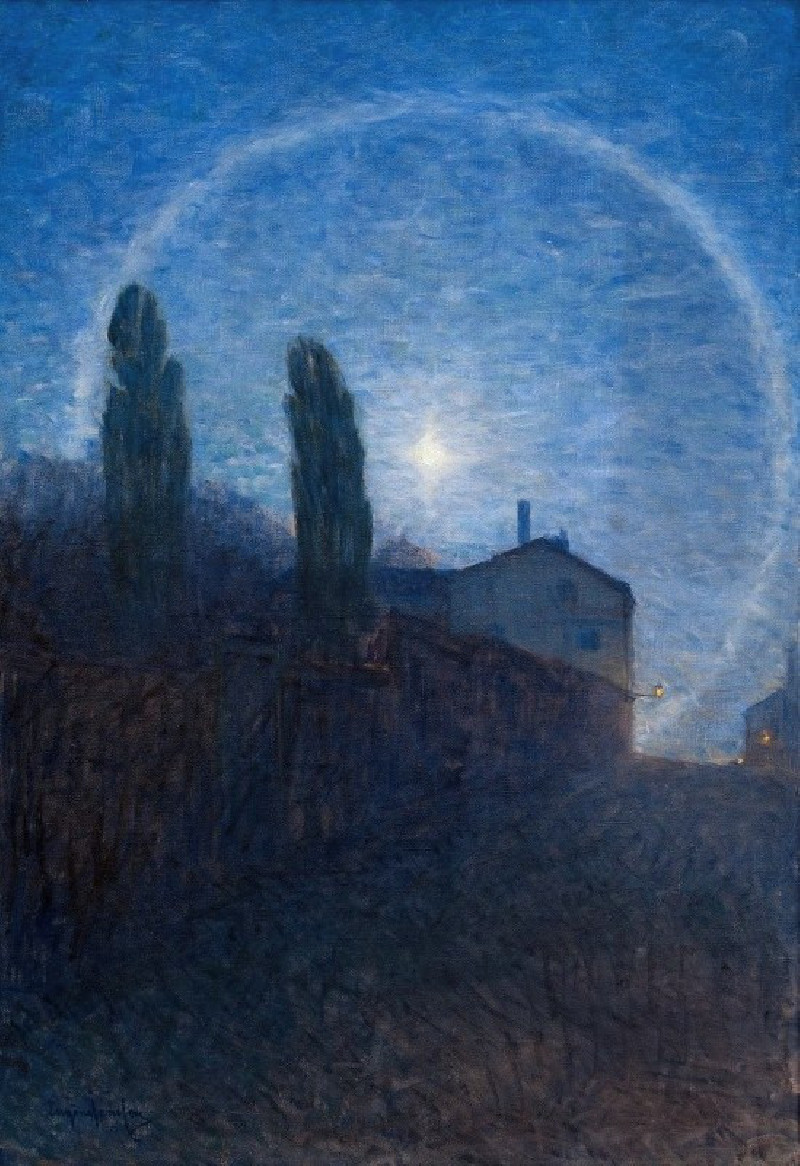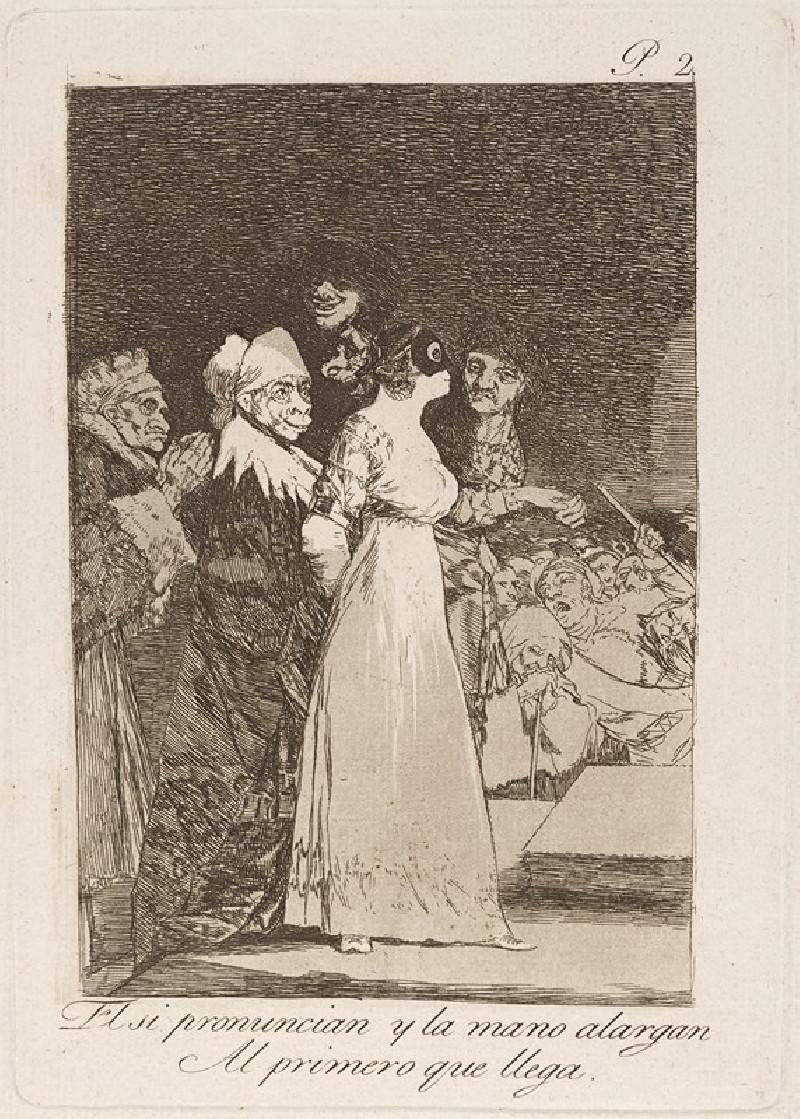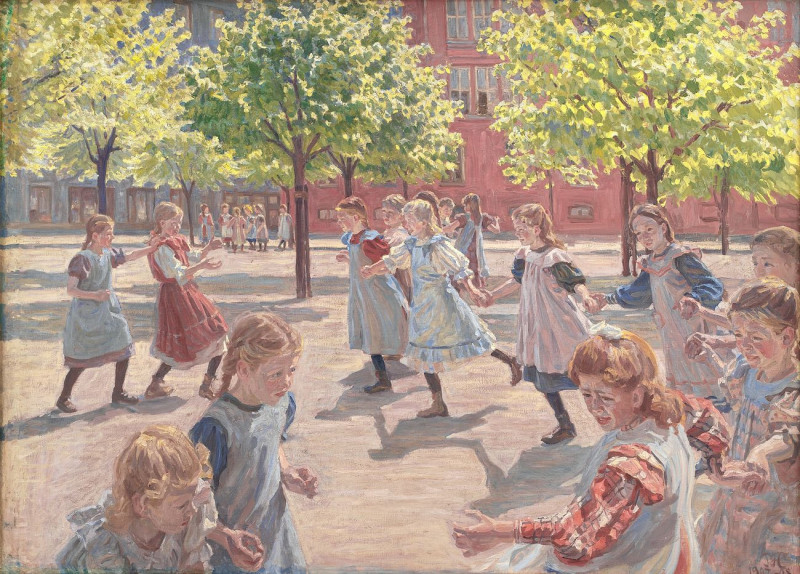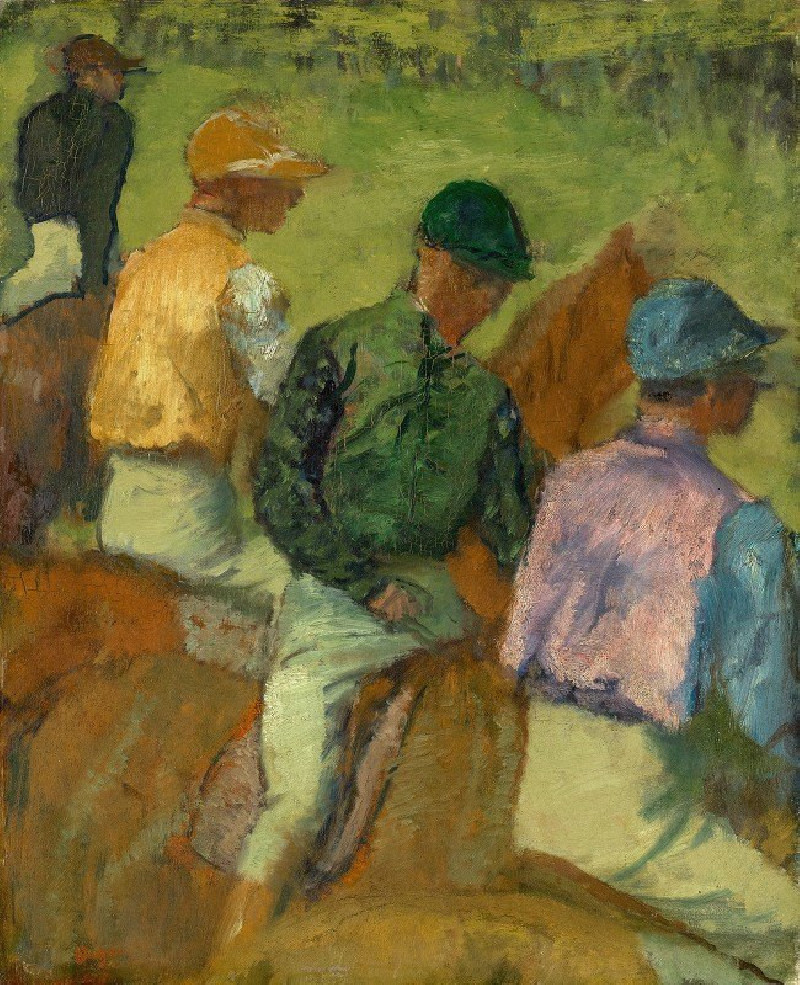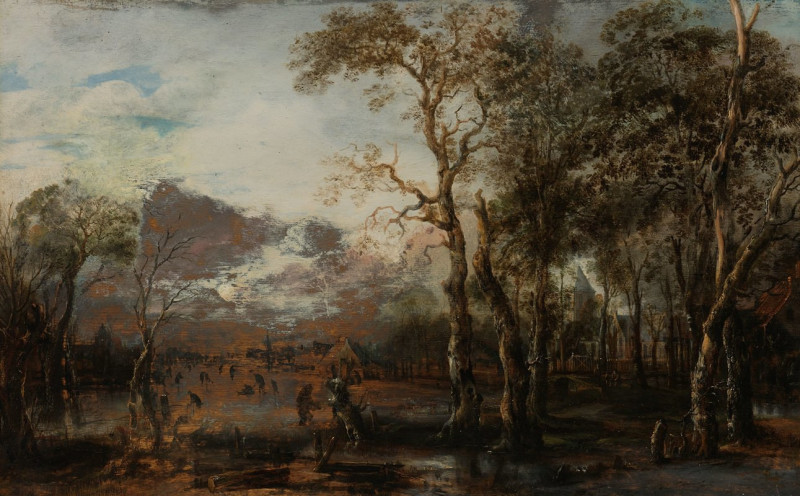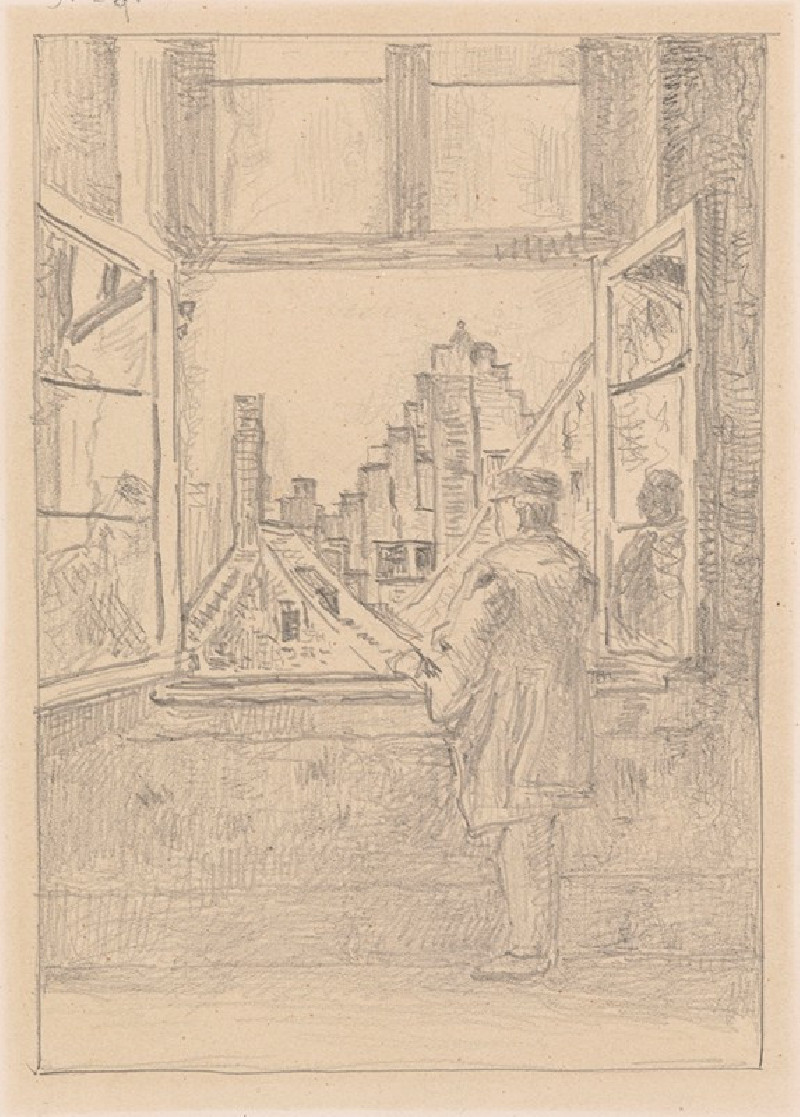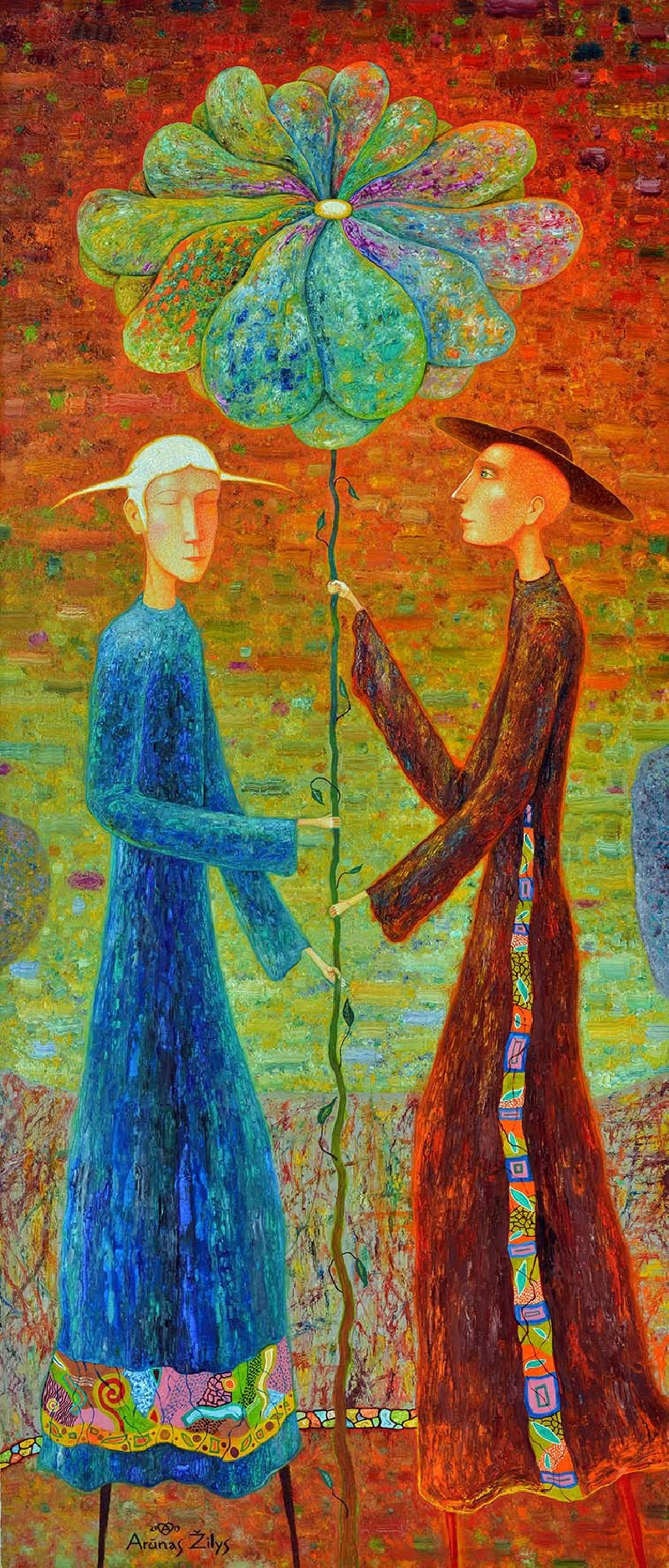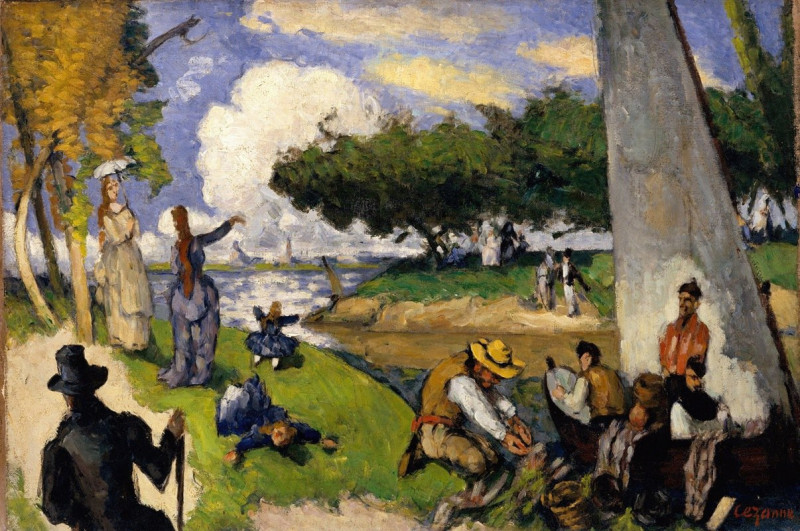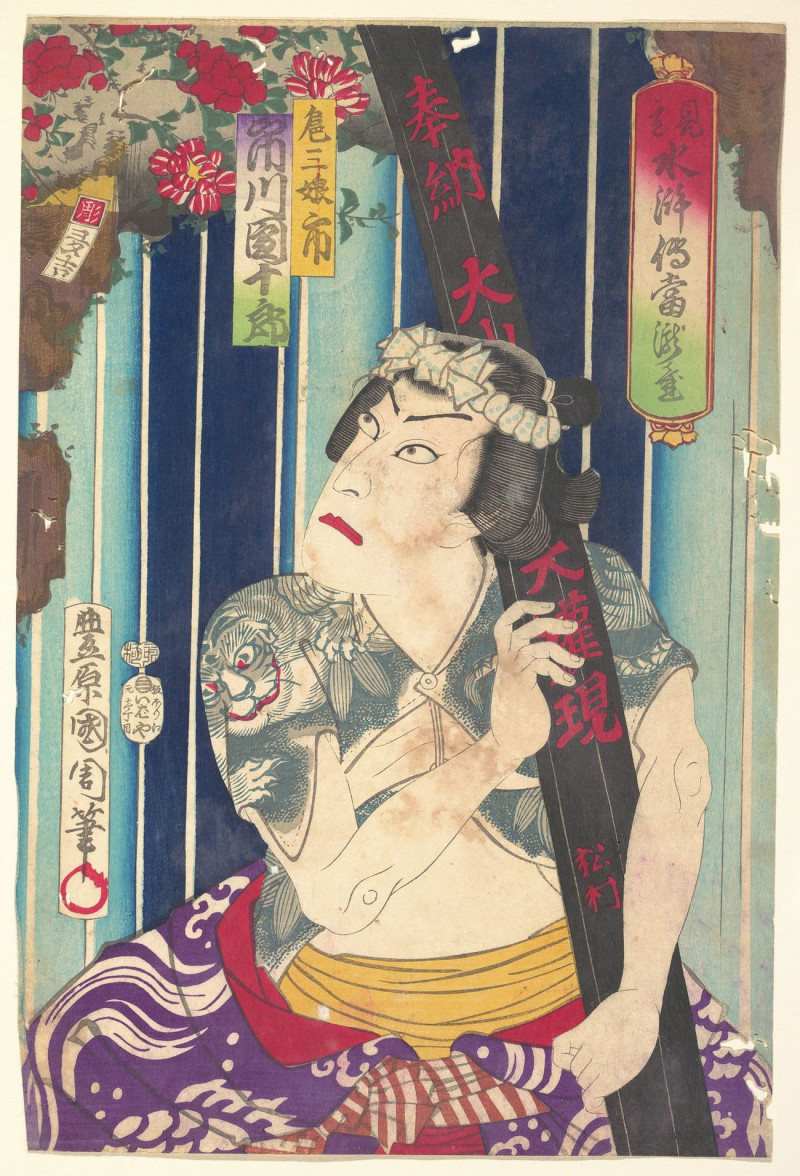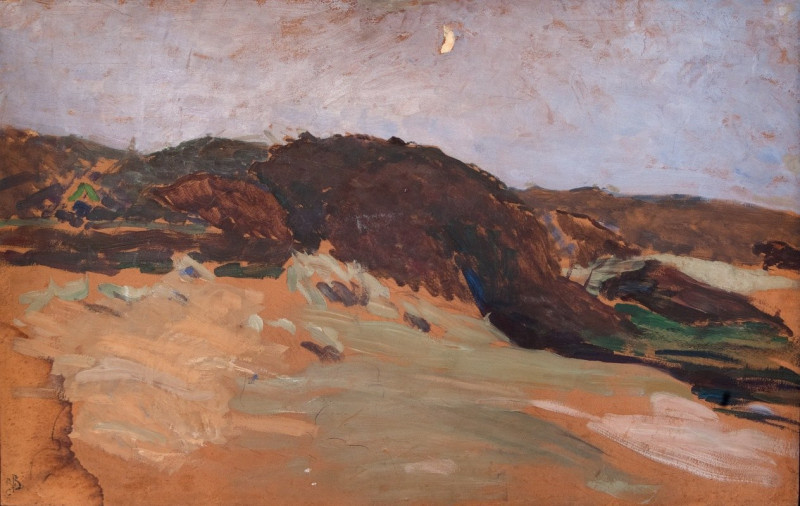Boulevard Héloïse (Argenteuil_1872)
Technique: Giclée quality print
Recommended by our customers
More about this artwork
Welcome to a serene glimpse of 19th century French life through Alfred Sisley’s masterpiece "Boulevard Héloïse (Argenteuil, 1872)", a true jewel in the Impressionist art movement. This painting captures the daily rhythm along a bustling street in Argenteuil, a suburban town that was rapidly transforming with industrialization during Sisley’s time.In this remarkable work, Sisley artfully depicts a cloudy, overcast day. The soft, diffused light imbues the scene with a sense of calm. The composition features rows of bare, leafless trees lining the wide boulevard, leading the viewer's eye towards the horizon. The earthy road, damp with what can be perceived as recent rainfall, reflects the muted sky above, and is bustling with life. You can see figures dressed in period garments -- men, women, and children either going about their daily business or pausing to socialize. A horse-drawn cart, a typical mode of transport during that era, adds a dynamic element to the composition.Buildings with faded facades flank the street, suggesting the passage of time and the wear of urban life. These structures, with their subtle details and soft color palette, contribute to the overall atmosphere of bygone days recalled, striking a chord of nostalgia."Boulevard Héloïse (Argenteuil, 1872)" is an exquisite example of Sisley’s dedication to capturing outdoor scenes. His technique, typical of Impressionists, uses loose brush strokes to create an effect of spontaneity and momentary impressions. The painting not only provides visual pleasure but also serves as a historical document, offering insights into the urban landscape and social dynamics of the period.
Delivery
Returns
Alfred Sisley (1839–1899), an English impressionist artist, was renowned for his breathtaking impressionist landscape paintings. Born in 1839 to a wealthy family in Paris, Sisley spent most of his life in France. Despite being intended for a career in commerce, he rebelled and pursued his passion for painting as an amateur in the studio of Charles Gleyre, where he befriended artists Claude Monet and Pierre-Auguste Renoir. The financial loss of his family in the Franco-German War led Sisley to make a career out of his art, though it left him financially distressed. It wasn't until after his passing in 1899 that the true value of his work was recognized.

